I shipped yesterday hope you won’t be disappointed. I was, but I always am. The last day of a canvas on a manuscript fills one with a disappointed ache they always fall short. One starts so bravely. Emily Carr
Emily Carr and Lawren Harris met in 1927 and became close friends, writing to each other frequently. Harris was a founding member of The Group of Seven, and offered Carr mentorship and insight on her work at the time.
In this letter to Lawren Harris, Emily writes to clarify the context of her previous letter to him. She mentions Bess, Lawren’s second wife whom he married in 1938. Although there was no year attached to this letter, just a misspelt “Teuday,” we can assume this letter was written some time between 1938 and 1945 (the year of Carr’s death).
What I like about this particular letter is the tone Emily writes to Lawren. She somehow manages to be both apologetic and offended- how could Bess think she was snappy to, Lawren, her beloved friend?
There’s a hint of contempt for Bess, which I found curious. After a little digging I came across an account from the Art History Archive that Lawren’s second marriage was fairly scandalous at the time. According to the AHA, Lawren fell in love with Bess Housser, the wife of his school friend F.B Housser, years before in the early 1900s. They decided it was impossible to leave their respective spouses despite their love for each other. Then finally, in 1938 Lawren left his first wife Trixie and married Bess. Trixie threatened to charge Lawren with bigamy but never went through with it. Needless to say, it was a shocking event. The tone Emily addresses Bess with in this letter might be related to the two lovers discreditable history.
Enlarge
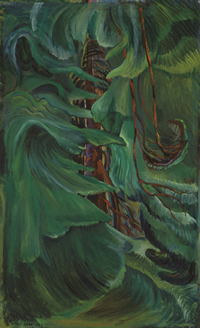
Trevor Mills, Vancouver Art Gallery
She then goes on to explain how she just sent a painting his way and that she hopes he won’t be disappointed. Lawren was crucial in the acquisition of Carr’s artwork to the Vancouver Art Gallery and helped curate her collection while she was in Victoria. She also mentions Ira Dilworth, who was the literary executor of her writings. Her tone to both of these friends is grateful and tender. However, she does say she is disappointed in her work which I found surprising. It’s easy to say now, decades later how influential Emily’s work was and still is – but at the time it’s clear she was not fully appreciated for her work yet and only after her death did her paintings receive the proper reception they deserved.
Enlarge
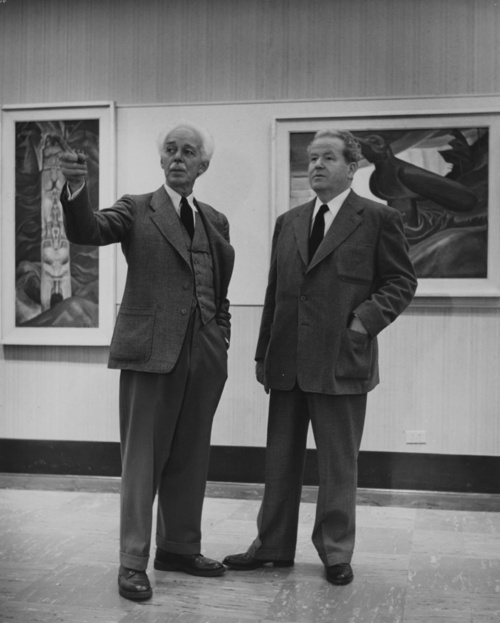
Emily Carr House
From this intimate letter to her friend, we can catch a glimpse of this self consciousness which I think exists in all artists to a certain extent. It’s encouraging in a way, that Carr felt these very same natural feelings many artists have always struggled with. Especially looking back, we can see how wrong she was and that of course her work was important and worth pursuit, despite her own self criticism prevalent in this letter.
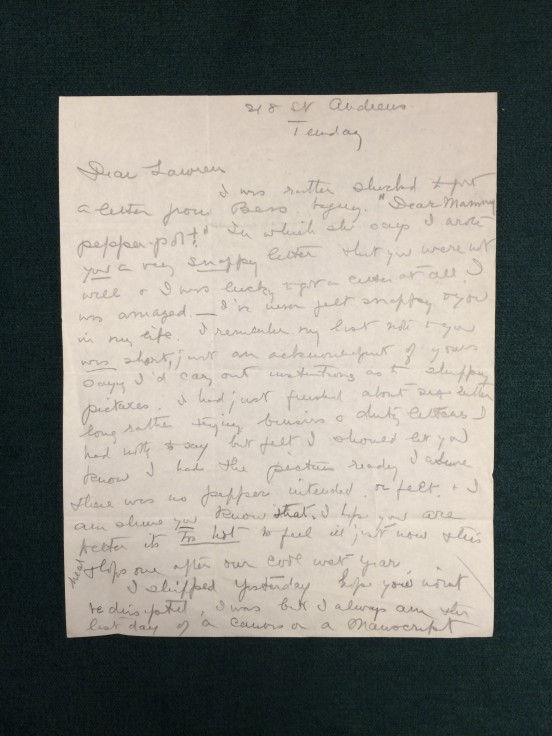
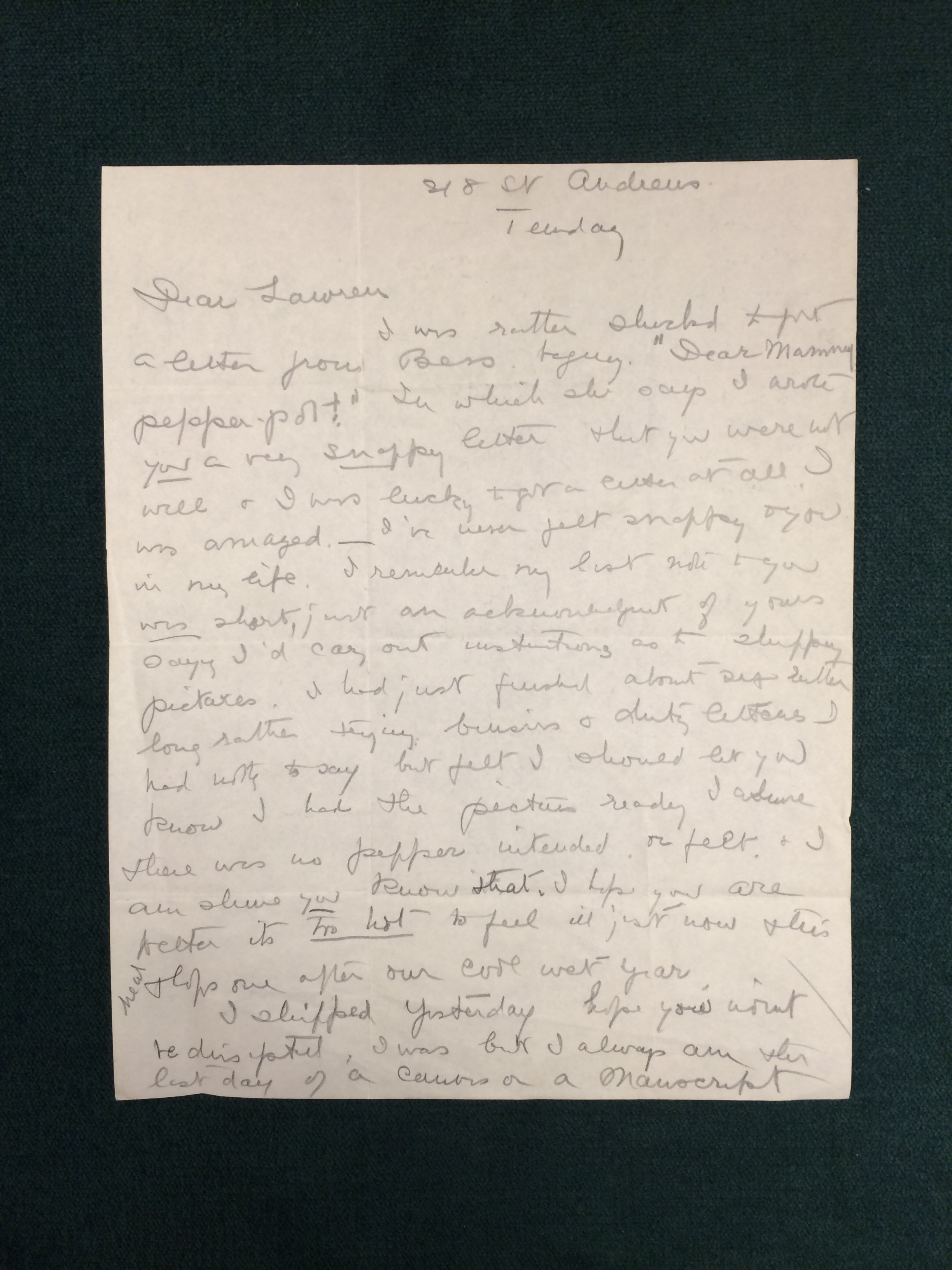
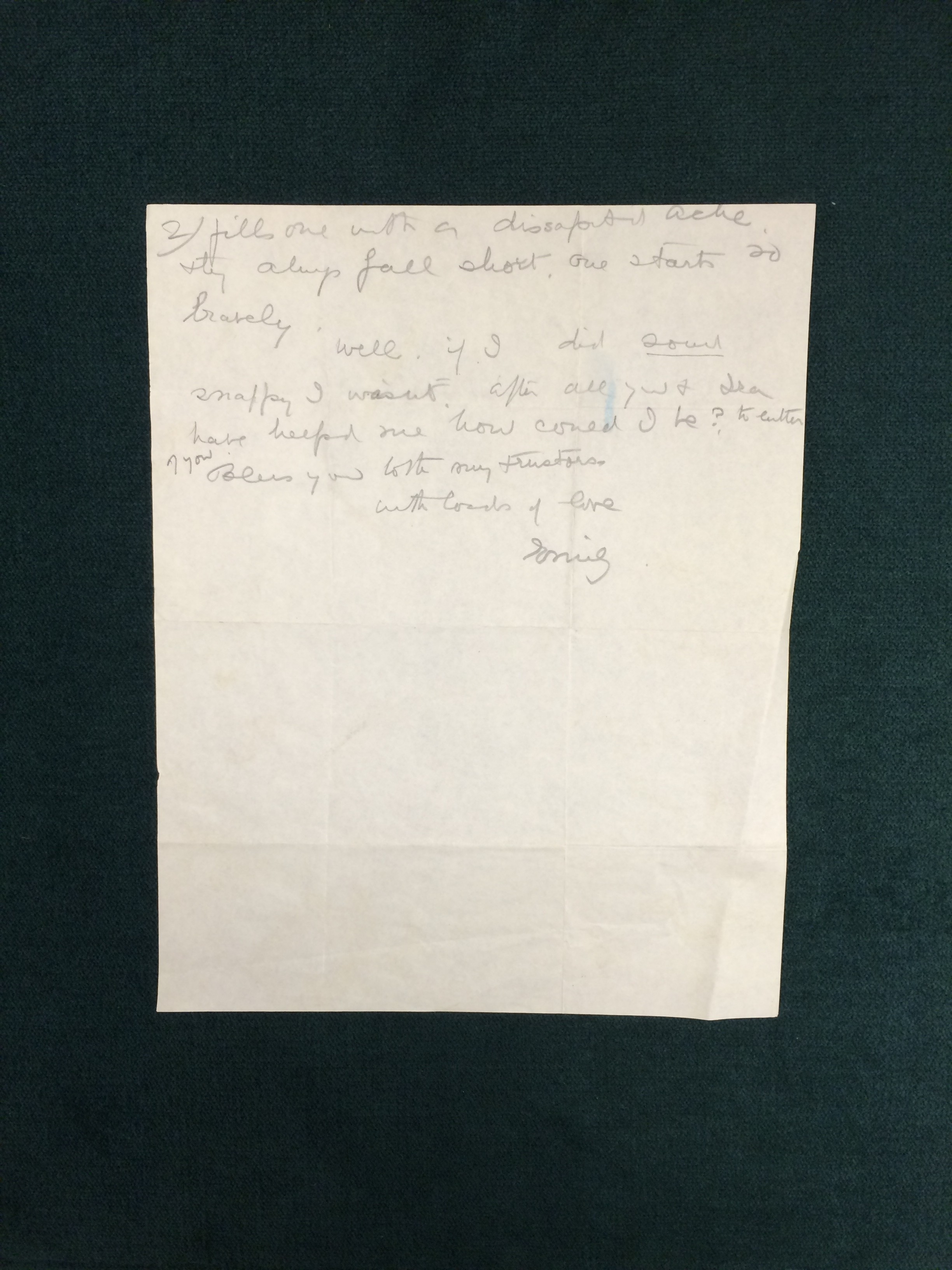
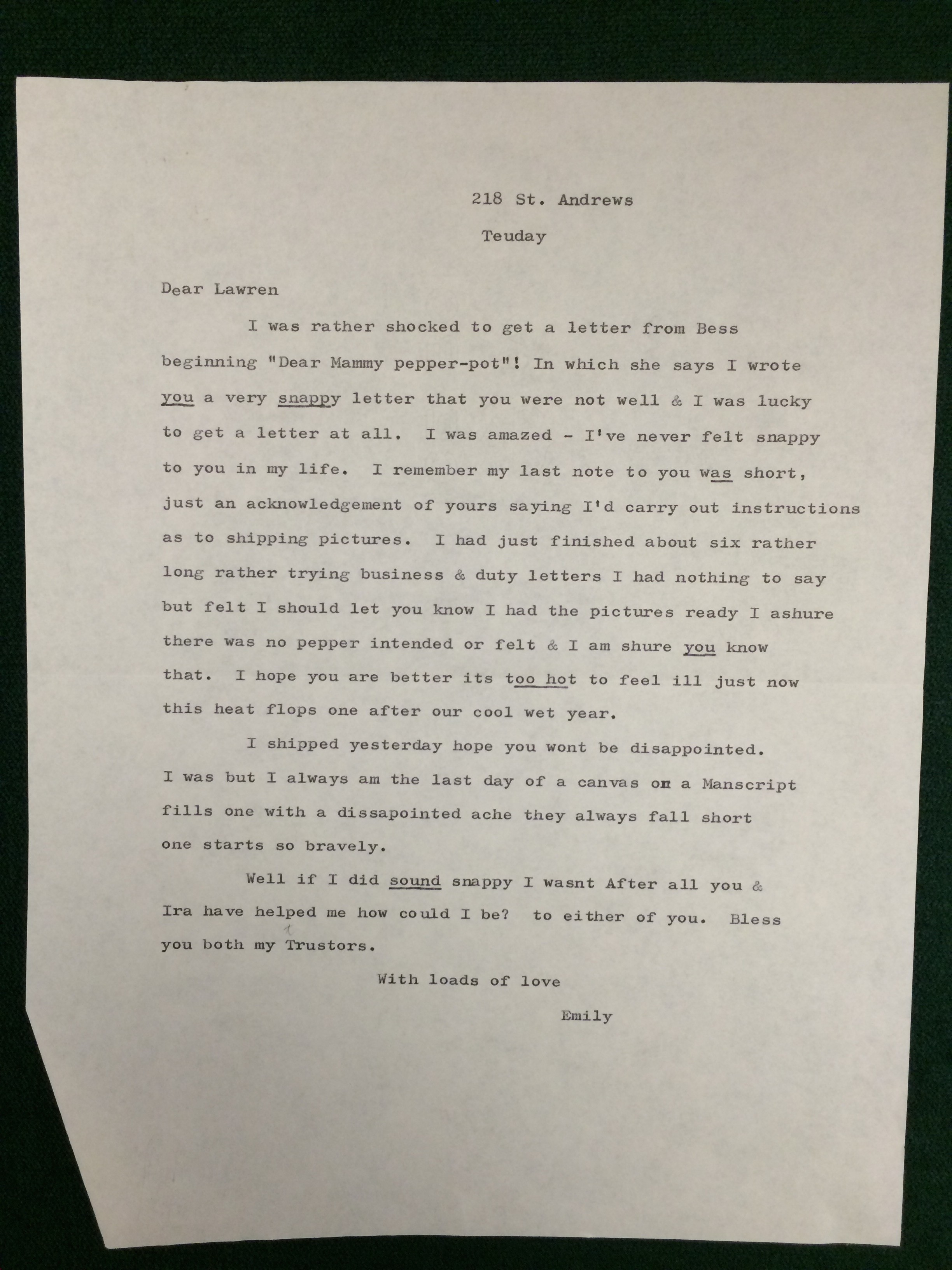
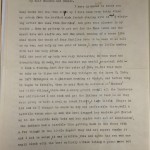
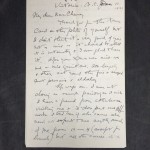
Nancy Lang
December 4, 2017 — 9:45 am
Love this site. An interesting look at Carr’s letters. Wonderful to see the originals. Thank you!
FYI
Harris and Bess were married in 1934.
(In Reno, where they had each filed for divorce and were issued a marriage license on August 29th)
Harris had painted a portrait of Bess in 1920 (AGO collection). He did few portraits, and only of personal friends, so we can assume they were good friends in 1920. They likely would have known each other since 1914 when she married Fred Housser.
Edward Hildreth
October 15, 2023 — 9:54 am
A friend has an interesting brief note written by Emily Carry later in life to a friend in B.C. in which she mentions difficulty in getting her works sent to Toronto for shows due to increasing poor health but appreciates receiving the yearly Membership card from Toronto art association. It came along with an unsigned 1st edition of Klee Wyck with its later expurgated comments (from following editions) that were found to be uncomplimentary to Indigenous people. Given her admiration of Indigenous people the comments can, I think, be taken as an honest but fair comment that a true friend might make about a friend. What are friends for if you can’t be honest about their faults as well as their attributes?